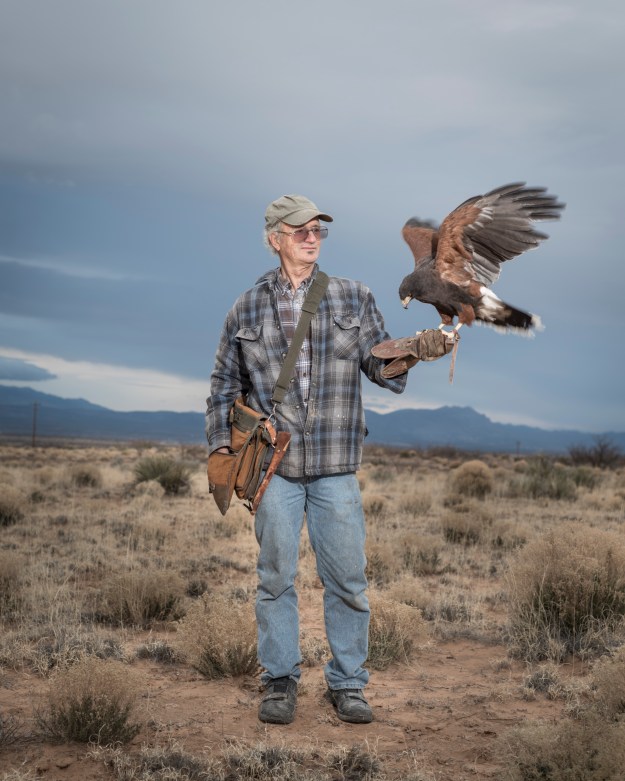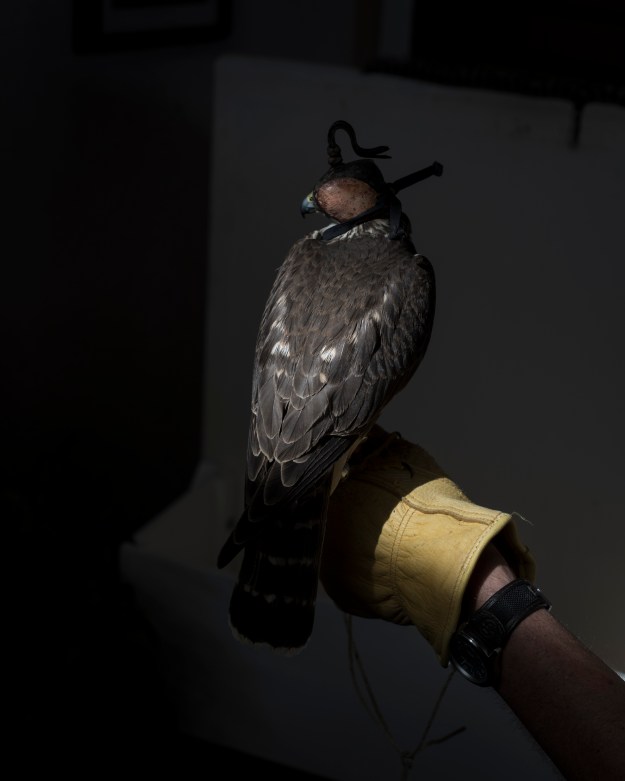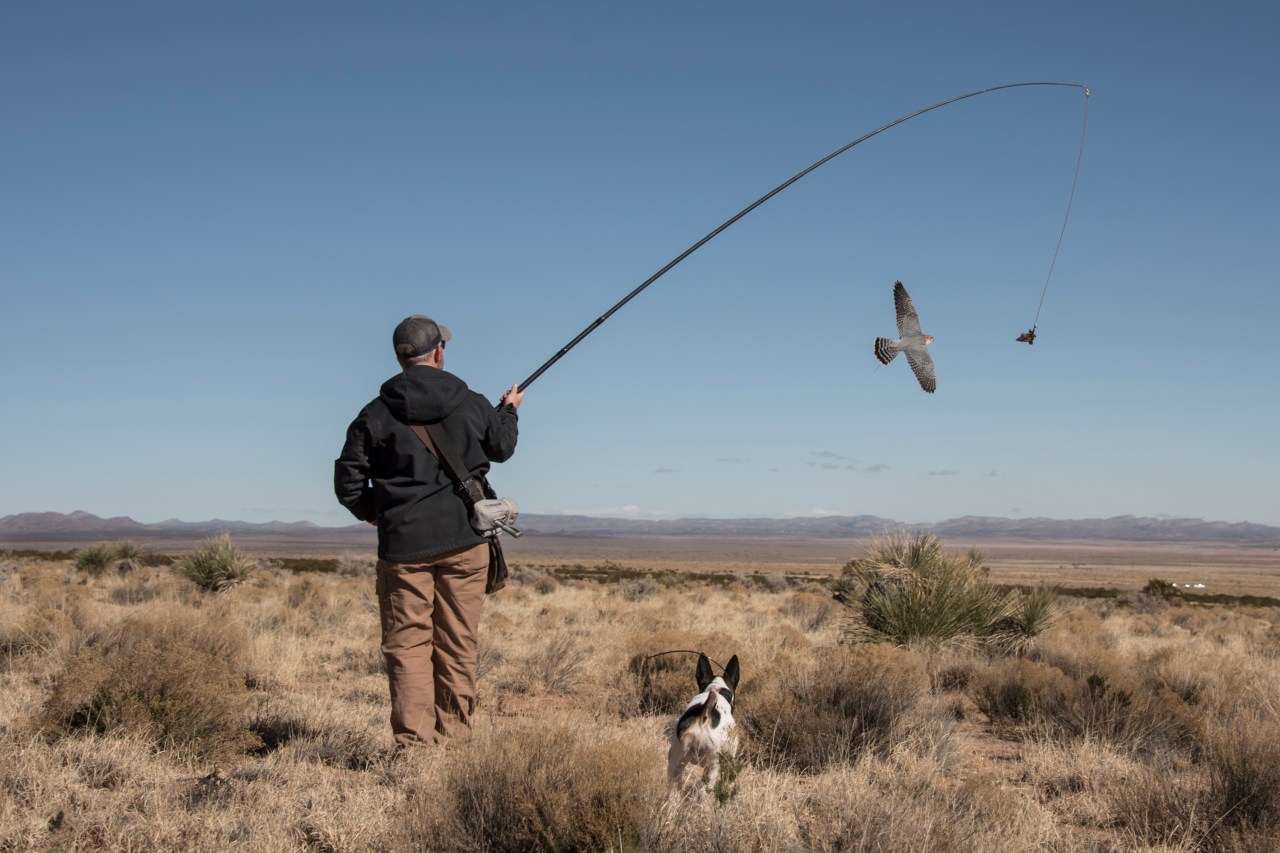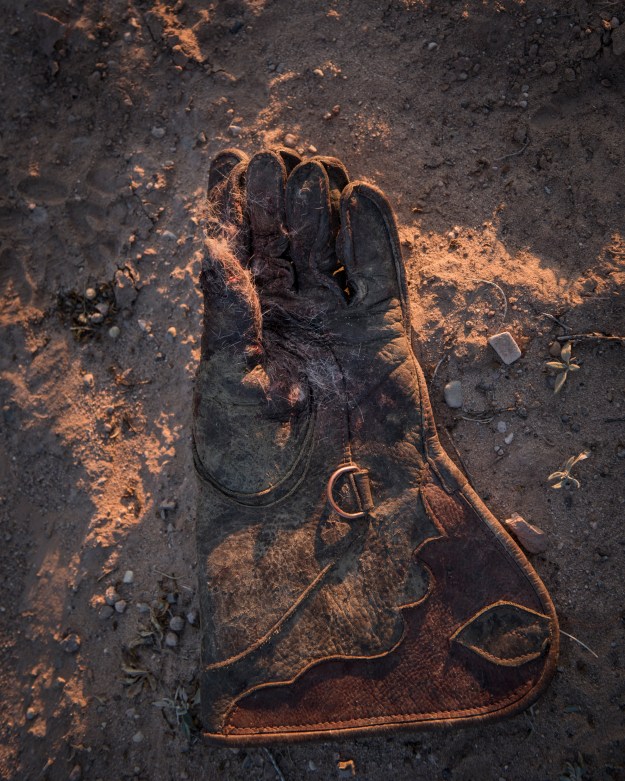Falx, a Latin word used to describe various tools with curved blades or weapons, is believed to be the origin of the English word falcon. For thousands of years, humans have sought to train falcons, hawks, and eagles to hunt wild quarry. Despite people’s attempts to master the birds, falcons and hawks have never been domesticated. Unlike other forms of animal-human relationships, the power balance between man and bird is less clear, if not entirely reversed. As the old saying goes, first the hawk, then the horse, then the hounds, then, and only then, the humble falconer.
Falx is an ongoing documentary project that aims to explore the unique community of falconers in New Mexico and the incredible connection that exists between them and their birds of prey. It explores various aspects that make falconry unique and so fascinating—the relationship between man and raptor, the immense difficulties and challenges in training and handling a bird of prey, and ultimately the ability for two very different species to come together and form a bond.
Falconry is most commonly associated with Central Asian and Middle Eastern nations and is often seen as a historical oddity. While there are hundreds of thousands of shotgun hunters in New Mexico, there are only a few dozen registered falconers, according to members of the New Mexico Falconer’s Association. However, during the time that I have spent talking to falconers throughout the state—accompanying them on their hunts and learning about their craft—I was struck by their level of dedication and passion. Falconry demands not only an exceptional level of skill but also a deep understanding of the land and wildlife. Most falconers are very dedicated conservationists.
The project also aims to address some of the current issues that affect this ancient form of hunting. A healthy ecosystem and continued access to public lands as hunting grounds are important for falconry to survive. Environmental degradation—in particular, the drought that has affected large parts of the Southwest in recent years—has had a negative impact on the migratory patterns of birds and the health and availability of game for birds of prey. Also, increased urbanization has led to a loss of habitat in many parts of New Mexico not only for birds of prey but also for their quarry.











A version of this text was originally published on thefencenm.org.